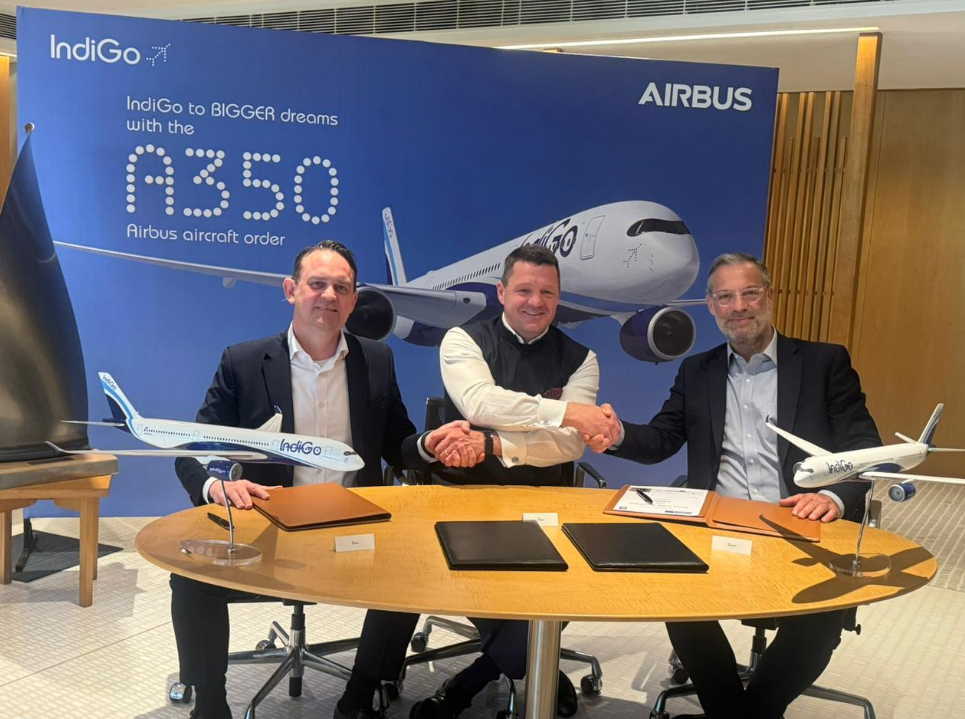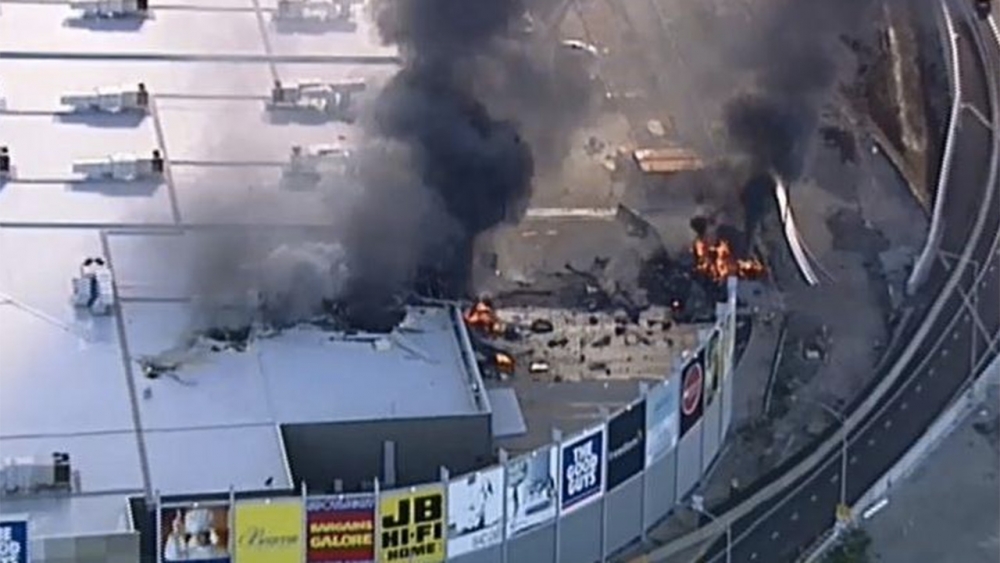Air safety investigators have so far found no evidence of pre-impact engine failure on a Beechcraft King Air B200 that crashed into a shopping centre in Melbourne.
The fiery crash at Essendon Airport on February 21 killed pilot Max Quatermain and four US tourists on their way to play golf on King Island. The crash was labelled Victoria's worst civil aviation accident in three decades and stopped traffic on nearby roads.
Initial reports suggested the plane had suffered a catastrophic engine failure but a preliminary report issued Wednesday by the Australian Transport Safety Bureau indicates this was not the case.
An on-site examination of the wreckage did not identify any pre-existing faults with the aircraft that could have contributed to the accident but some components have been removed for further examination.
Both engines had been ripped off their mounts by the crash and had varying degrees of fire and impact damage.
“The engines were removed from the accident site to a secure facility where they were disassembled and inspected by the ATSB with assistance from the engine manufacturer,’’ the report said.
"That examination found that the cores of both engines were rotating and that there was no evidence of pre-impact failure of either engine’s internal components.
“However, a number of engine components were retained for further examination and testing.”
The report said the propellers separated from the engines during the crash and both exhibited evidence of rotation. Investigators are continuing to examine the propellers and other airframe components, documents and electronic devices.
Conditions on the day of the crash were benign and the pilot took off on runway 17 in fine weather with a 5-knot (9kmh) wind.
Witnesses familiar with the aircraft type said the take-off roll was longer than normal and the aircraft was seen to yaw left after becoming airborne.
“The aircraft performed a shallow climbing left turn while maintaining a relatively level pitch and roll] attitude,’’ the report said.
“Airservices Australia Automatic Dependent Surveillance Broadcast (ADS-B) data indicated the aircraft reached a maximum height of approximately 160 ft above ground level while tracking in an arc to the left of the runway centreline.’’
The aircraft smashed into the shopping precinct with 10 degrees of flap and the landing gear extended.
It was equipped with a cockpit voice recorder but there was no audio from the crash flight and the audio which was recovered came from a January 3 flight.
An examination of air traffic control tapes showed the pilot repeated MAYDAY seven times but did not reveal the nature of the emergency.
The investigation continues and will further examine engine and airframe components as well as the propellers.
Investigators will conduct further interviews with witnesses, review the pilot’s medical and flying history and attempt to determine why the CVR failed to record during the accident flight.
There will also be ongoing analysis of dash camera and video footage as well as the air traffic control recordings and ADS-B data.
























